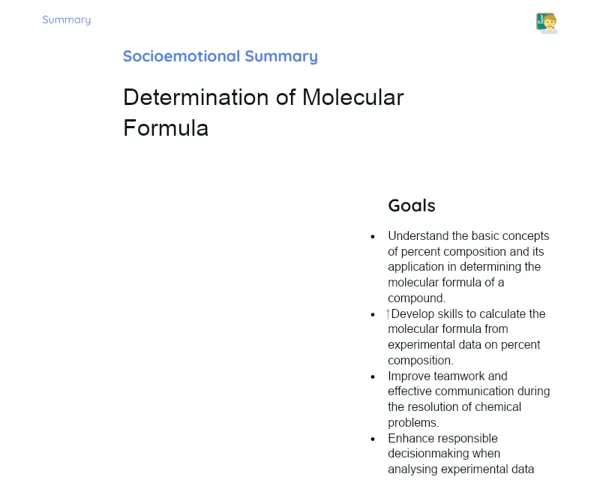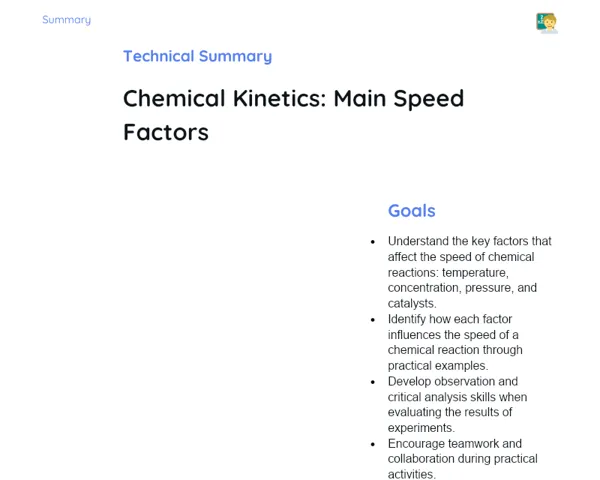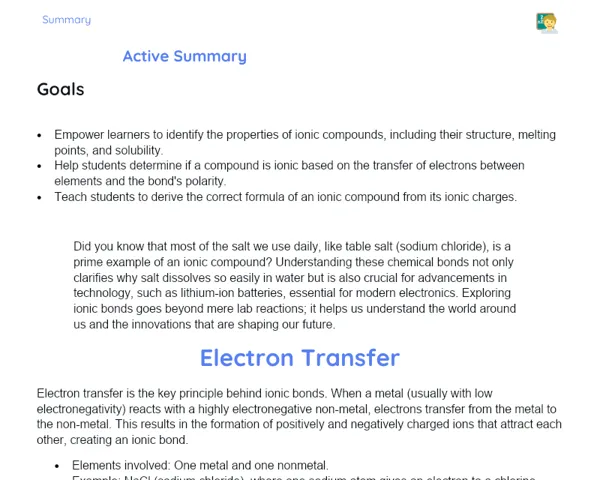Objectives
1. 🧪 Understand the concept of half-life as the inverse of the radioactive decay constant.
2. 🔍 Develop skills to calculate half-life in various scenarios of radioactive decay.
3. ⚡ Apply the concept and calculations of half-life in practical and theoretical situations.
Contextualization
Did you know that the concept of half-life is not just vital in physics labs, but also has fascinating applications in fields like nuclear medicine and archaeology? A prime example is carbon-14 dating, which leverages the understanding of half-life to determine the age of ancient artifacts and fossils. This process helps to uncover the rich mysteries of our ancient civilizations! 🌍🧭
Important Topics
Radioactive Decay
Radioactive decay is a key process for grasping the concept of half-life. In this process, an unstable nucleus sheds energy by emitting radiation, either as particles or electromagnetic radiation. This decay happens randomly but at a predictable rate, which is described by the radioactive decay constant.
-
The decay constant (λ) is vital for calculating the half-life, which refers to the average time it takes for half of the radioactive nuclei in a sample to decay.
-
This concept is commonly utilised in determining the age of rocks and organic materials through radiometric dating.
-
Understanding radioactive decay is essential for explaining both natural and technological phenomena, such as the energy generated in nuclear reactors and advancements in nuclear medicine.
Half-Life
The half-life of a radioactive isotope, denoted by the symbol 't₁/₂', is a measure of how long it takes for half of the nuclei in a radioactive sample to decay. This concept is inversely related to the decay constant; hence, a larger constant corresponds to a shorter half-life.
-
The half-life enables calculations of how long it will take for a given quantity of a radioactive isotope to decay to a level considered safe or inactive.
-
It is crucial for practical applications, such as medical treatments that involve radioactive isotopes or for the safe disposal of nuclear waste.
-
The understanding of half-life aids in comprehending how various radioactive materials should be safely handled, stored, and transported.
Practical Applications
The concept of half-life finds application across multiple fields, from medicine to archaeology. In nuclear medicine, for instance, isotopes with known half-lives are employed for diagnostic procedures and treatments. In archaeology, the half-life of carbon-14 plays a key role in dating ancient organic materials.
-
In nuclear medicine, selecting the correct isotope with the appropriate half-life is crucial for optimizing treatment while minimizing patient risks.
-
For carbon-14 dating, a solid grasp of half-life is essential for accurately determining the age of artifacts, contributing to our understanding of history and prehistory.
-
Knowledge of half-life is critical for the management of nuclear waste, ensuring long-term safety for the environment and human health.
Key Terms
-
Radioactive Decay: The process by which an unstable nucleus loses energy by emitting radiation and transforming into more stable nuclei.
-
Half-Life (t₁/₂): The time required for half of the radioactive nuclei in a sample to decay. It is inversely proportional to the radioactive decay constant.
-
Decay Constant (λ): A parameter defining the decay rate of a radioactive isotope that directly influences half-life calculations.
For Reflection
-
How might an understanding of the half-life of radioactive isotopes influence decisions in the field of nuclear medicine?
-
In what ways could the concepts of radioactive decay and half-life impact nuclear waste management policies?
-
Why is accuracy in half-life calculations vital for dating historical and archaeological artifacts?
Important Conclusions
-
Half-life is a fundamental concept in the study of nuclear reactions and is pivotal for understanding how radioactive isotopes decay over time.
-
This concept has significant practical applications in fields such as nuclear medicine and archaeology, and it contributes to our understanding of natural phenomena and the safe handling of radioactive materials.
-
The ability to compute the half-lives of different isotopes empowers scientists and engineers to make informed decisions in various areas, from medical treatments to the safe disposal of nuclear waste.
To Exercise Knowledge
Create a diary for an isotope! Choose a radioactive isotope and craft diary entries for different stages of its half-life, expressing how it might 'feel' and 'change' throughout its decay. Get creative and explore the concept of half-life in a unique and contextualised manner.
Challenge
Nuclear Detective Challenge: Imagine you are a scientist navigating a post-apocalyptic world where you need to determine which energy source remains safe based on the half-life of available materials. Calculate the half-lives of three hypothetical isotopes and decide which would be the best option for providing safe and sustainable energy.
Study Tips
-
Use visual aids, like graphs and tables, to clarify the relationship between the decay constant and half-life. This approach can enhance your understanding of the concept.
-
Watch documentaries or educational videos that demonstrate the practical applications of half-life, such as carbon-14 dating or the use of isotopes in nuclear medicine, to see these concepts in action.
-
Join online forums or study groups to engage in discussions about problems and solutions related to radioactive decay and half-life with peers interested in the subject.



